Two years after construction began in 1890, the Frederick Pabst family moved into their home, one of the finest and the last of the great mansions built on what was then Milwaukee’s Grand Avenue. The home almost didn’t survive to see its 100th birthday, but thanks to its next owners and the perseverance of a concerned preservation group, the mansion and many of its original furnishings were saved. We toured the Pabst Mansion in November when it was all decked out in its holiday finery.
Editor’s note: This is the first in a series of four articles about the Pabst family and the Pabst Brewing Company, at one time the nation’s largest brewery.

Pabst Mansion history
Frederick Pabst lived in the mansion until his 1904 death. After his wife, Marie, died two-and-a-half years later, the family put the home up for sale. It was purchased by the Archdiocese of Milwaukee as a residence for the bishop and diocese offices. By 1975 the archdiocese had outgrown the home, and the house was once again for sale.
The owner of a hotel that had been constructed next door purchased the home with the intent to raze it and put up a parking structure. In stepped Florence Schroeder, a local interior designer and preservationist, who led the quest to save the mansion. A mortgage was secured in 1978, and tours of the mansion began immediately as part of the effort to pay off the debt. Restoration of the home has been ongoing ever since.
Don’t miss a Midwest Wanderer post. For a FREE subscription, enter your e-mail address in the Subscribe2 box to the right and click Subscribe.
The furniture that had remained in the home throughout the ownership of the Archdiocese of Milwaukee had been sent to New York to be auctioned off. Mrs. Schroeder put up her own money to retrieve it. Over the years many more original items have been returned by family members who had inherited them, helping in the effort to restore the home to its original state.
The Pabst Pavilion
The Pabst Pavilion sits to the east of the mansion and connects to the home via a walkway. The Pavilion was originally Pabst’s display at the 1893 Chicago World’s Fair. Because of its similarities in architecture to the house, the mansion’s preservation group believe Pabst had it built with the intention of it becoming part of his home following the fair. The Pabst family used it as a summer garden room.
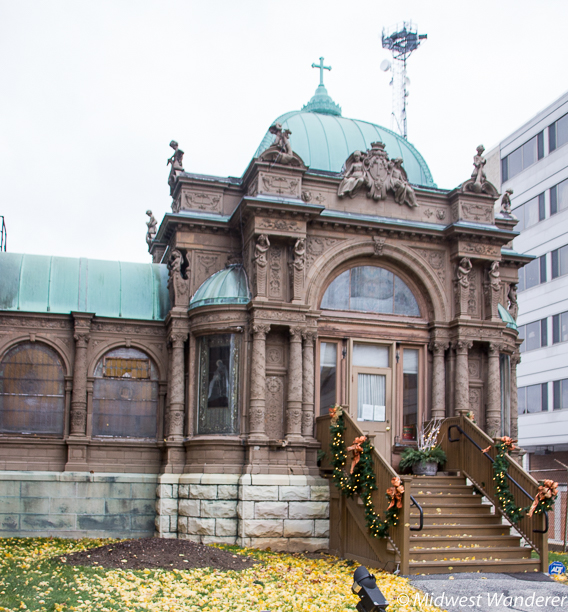
When the Archdiocese of Milwaukee purchased the mansion, the Pavilion became a chapel. They installed stained glass windows in it, which will be removed in future restoration efforts. Today the Pavilion is used as the ticket office and a gift shop.
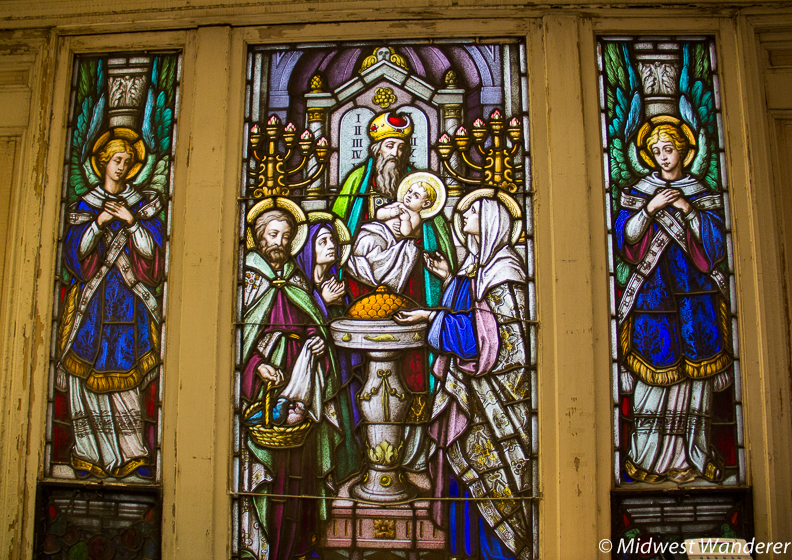
Touring the Pabst Mansion
The tour takes you through three floors of the 20,019 square foot home. (The basement and attic are only included on the Grand Tour, held occasionally.) Throughout the tour you learn about the Pabst family and the mansion. You see rooms that have been completely restored and some that haven’t been restored at all. Fortunately, a lot of photos exist that show the original design and décor. Preservationists are taking painstaking measures to return the mansion to its original look either through restoration or replication. Layers of paint have been stripped from wood, and the wood refinished. On our visit, they were in process of doing color analyses in some of the third-floor rooms, going through layers of paint and wall coverings. They struck a real find when they discovered stenciling beneath all those layers in a bathroom that exactly matches the design in the room’s wall tiles.
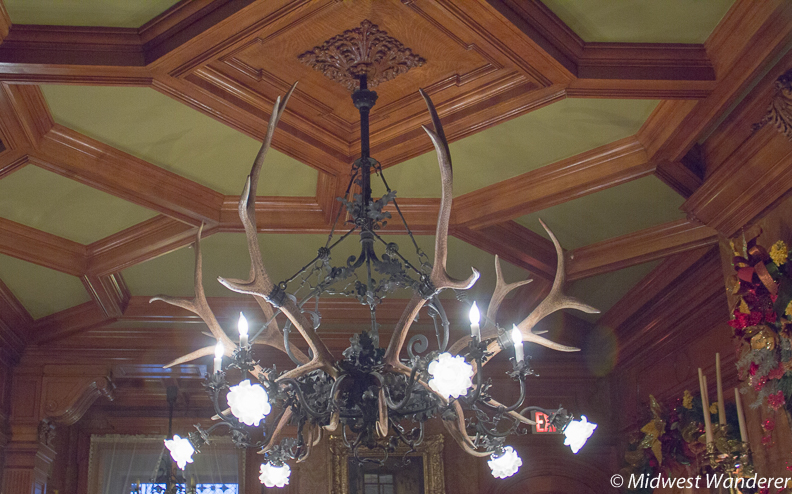
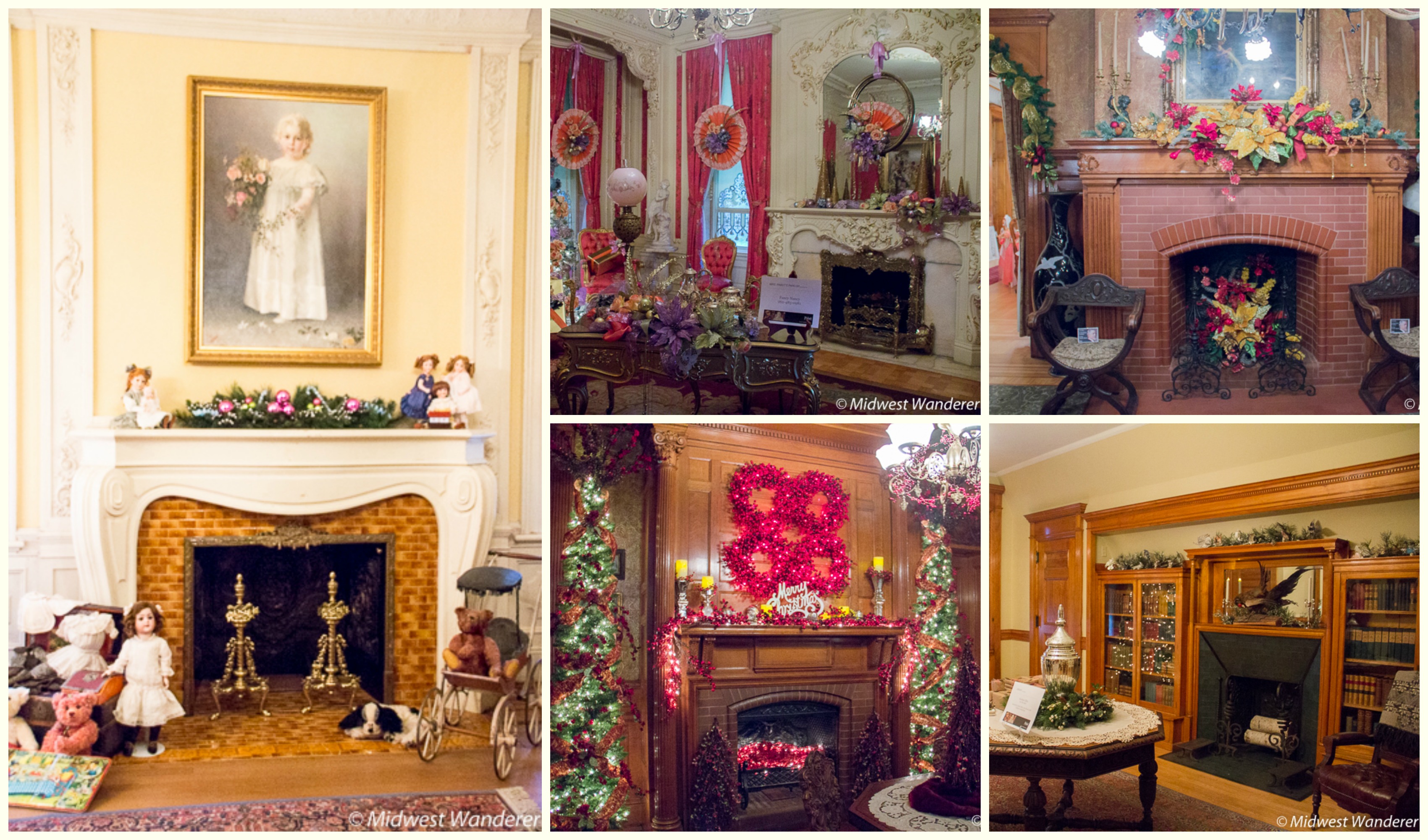
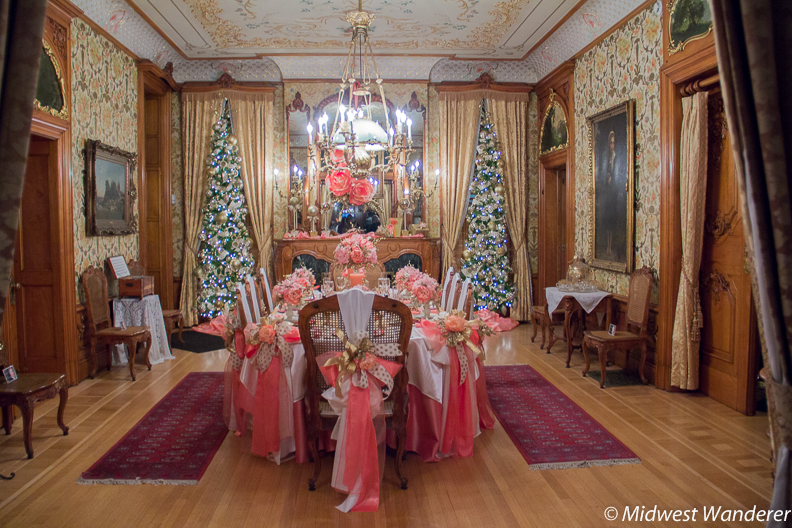
In 1892, the final cost of the home, including a carriage house greenhouse, the Pavilion and the land was $254,614. One of the next rooms being restored, one of the children’s bedrooms, will cost over $300,000 to bring back to its original state.
The Pabst Mansion restoration is a continuous slow, tedious process with no end in sight for the project, which is funded by grants, donations and tour admissions. Seeing the beauty of the mansion as it has been restored to date, and with its significance to Milwaukee’s history, it is hard to believe that 40 years ago, it was almost demolished.
If you go:
The Pabst Mansion, located at 20th Street and Wisconsin Avenue in Milwaukee, offers guided tours during their regular season (mid-January to mid-November) and self-guided tours during the holiday season (mid-November to early January). Check the web site for hours and admission rates.
Accommodations: We stayed at the historic Pfister Hotel during our visit to Milwaukee. Find the best Milwaukee hotel deal, compare prices, and read what other travelers have to say at TripAdvisor.
Disclosures: Our visit to the Pabst Mansion was hosted by Visit Milwaukee and our admission was complimentary, but any opinions expressed in this post are our own.
This article contains an affiliate link, which means that if you book a room through the TripAdvisor link above, I will receive a small commission at no additional cost to you.
Thank you for reading Midwest Wanderer. Don’t miss a post. Enter your e-mail address below and click Subscribe to be notified whenever I publish another post. Subscription is FREE. After subscribing, be sure to click the link when you get the e-mail asking you to confirm.

I just came across your wonderful article on the Pabst Mansion. Florence Schroeder was a visionary with deep concern for preserving our heritage. There is a plaque outside the front entrance recognizing her efforts. Please help support this important work by visiting the mansion and/or donating to its ongoing restoration.
I understand that Florence Schroeder was instrumental in saving the Pabst Mansion and its restoration. If not for her efforts, this important piece of Milwaukee history might not be here today.